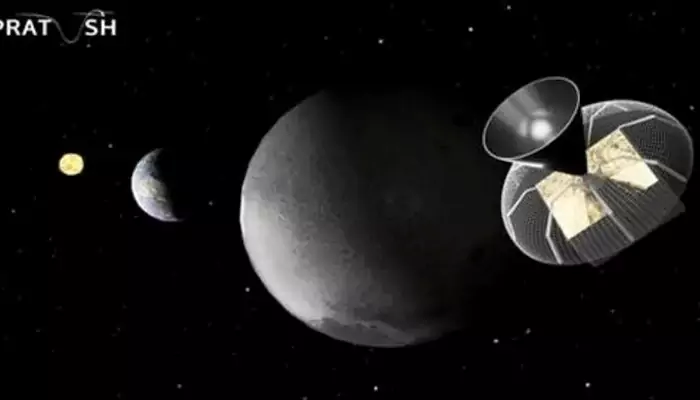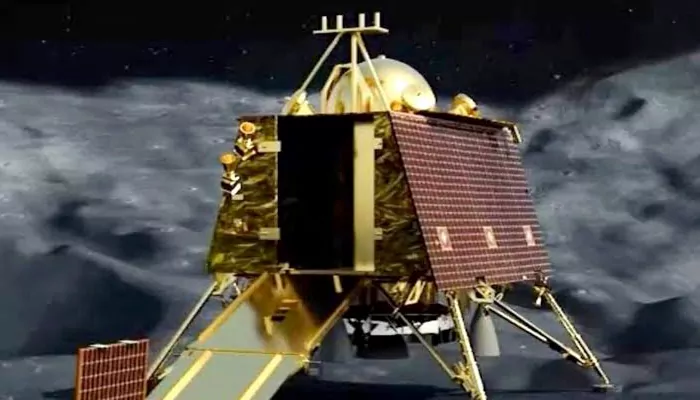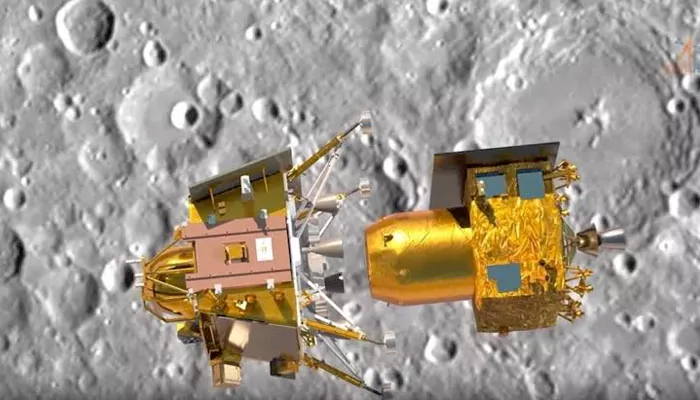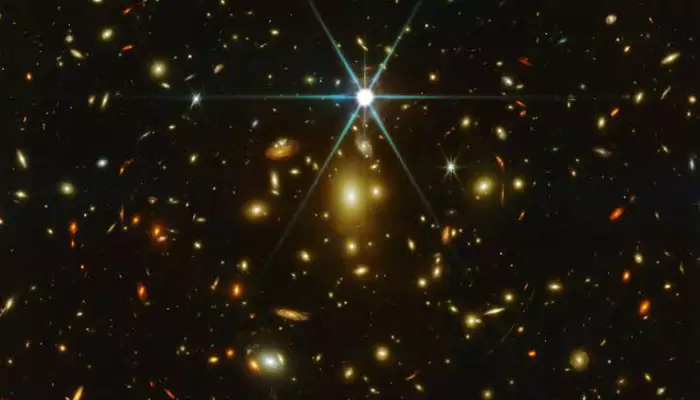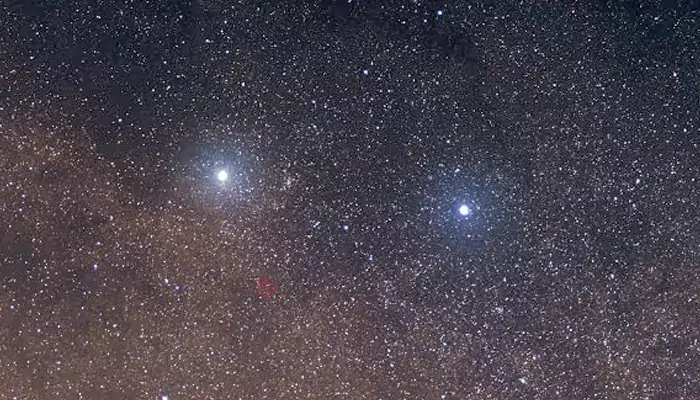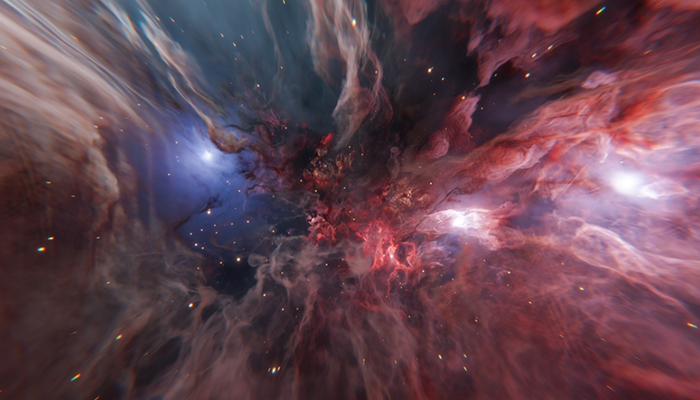
Here are today’s most important updates from the realm of Science and Space.
Guitar Nebula: NASA Captures Rare Flame-Throwing Space Phenomenon
Using NASA’s Chandra X-ray Observatory and Hubble Space Telescope, scientists have captured a cosmic object in space that resembles a flame-throwing guitar. Named Guitar Nebula, the phenomenon is formed by a pulsar, PSR B2224+65, which emits regular pulses of radiation. As the US space agency explained, "The guitar shape comes from bubbles blown by particles ejected from the pulsar through a steady wind. Because the pulsar is moving from the lower right to the upper left, most of the bubbles were created in the past as the pulsar moved through a medium with variations in density."
Thanks to its intense energy, the pulsar converts energy into mass and thus reverses the famous equation by Albert Einstein, E = mc². As a result, particles like electrons and positrons are created, which interact with each other and produce the X-rays. These collide with denser gas regions in space as the pulsar moves, forming the filament.
Credit: Chandra X-ray Observatory
Source Behind Mysterious Super-Hot Gas Around Milky Way Uncovered
The presence of gaseous matter surrounding our Milky Way galaxy has been an interesting subject for scientists for decades. Earlier studies had revealed the existence of a vast gas sphere (a few million degrees Kelvin hot) out there that extends up to 700,000 light years from the galaxy. However, scientists at the Raman Research Institute (RRI), in collaboration with IIT-Palakkad and Ohio State University, have now uncovered a potential source behind the same. Their findings have been published in the Astrophysical Journal.
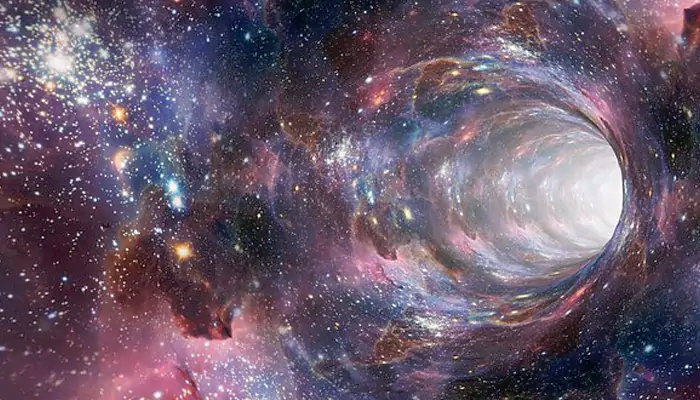
According to the study, there are faint X-ray emissions in all directions of the Milky Way, creating a puffed-up region around the stellar disc. Thanks to the continuous process of star formation out there, the giant stars explode as supernovae, and heat the gas to high temperatures. Also, it's enriched with elements synthesized within massive stars. The gaseous matter then swirls around.
Researchers Uncover First-Of-Its-Kind Electrical Signal in Human Brain
Researchers analyzed the layer 2/3 (L2/3) pyramidal neurons from human brain tissue, particularly from the cerebral cortex, which supports our advanced thinking and problem-solving. And they have found a first-of-its-kind electrical signal in the brain, redefining our understanding of how the brain works.

The study primarily focused on dendrites, which are crucial for the computational power of single neurons - they collect signals from other neurons and pass them to the neuron's main body (the soma) for processing. Now, examining the whole thing, scientists found a unique signal that gives us insights into how the brain manages complex tasks. Also, it may pave the way for advanced research on neurological disorders and potential cures.
Life On Mars? Evidence of Ancient Hot Water Activity on Red Planet Decoded
A groundbreaking research, led by Curtin University, has decoded what could be the oldest direct evidence of ancient hot water activity on Mars. Their findings suggest that the Red Planet may have been habitable billions of years ago.
The Curtin University team examined a 4.45-billion-year-old zircon grain from the famous Martian meteorite NWA7034 (popularly known as the Black Beauty) and understood several aspects of ancient Martian hydrothermal systems associated with magmatism, as well as the planet’s past habitability.
The so-called "Black Beauty meteorite: a chunk of Mars 2.1 billion years old, containing significant amounts of water. pic.twitter.com/4FsqgSZi0I
— Andrew Rader (@marsrader) September 17, 2017
Credit: Andrew Rader
Dr Aaron Cavosie from Curtin’s School of Earth and Planetary Sciences, who was the co-author of the study, said in a statement, "We used nano-scale geochemistry to detect elemental evidence of hot water on Mars 4.45 billion years ago. Hydrothermal systems were essential for the development of life on Earth and our findings suggest Mars also had water, a key ingredient for habitable environments, during the earliest history of crust formation.”

"Through nano-scale imaging and spectroscopy, the team identified element patterns in this unique zircon, including iron, aluminum, yttrium, and sodium,” he added. “These elements were added as the zircon formed 4.45 billion years ago, suggesting water was present during early Martian magmatic activity.”





